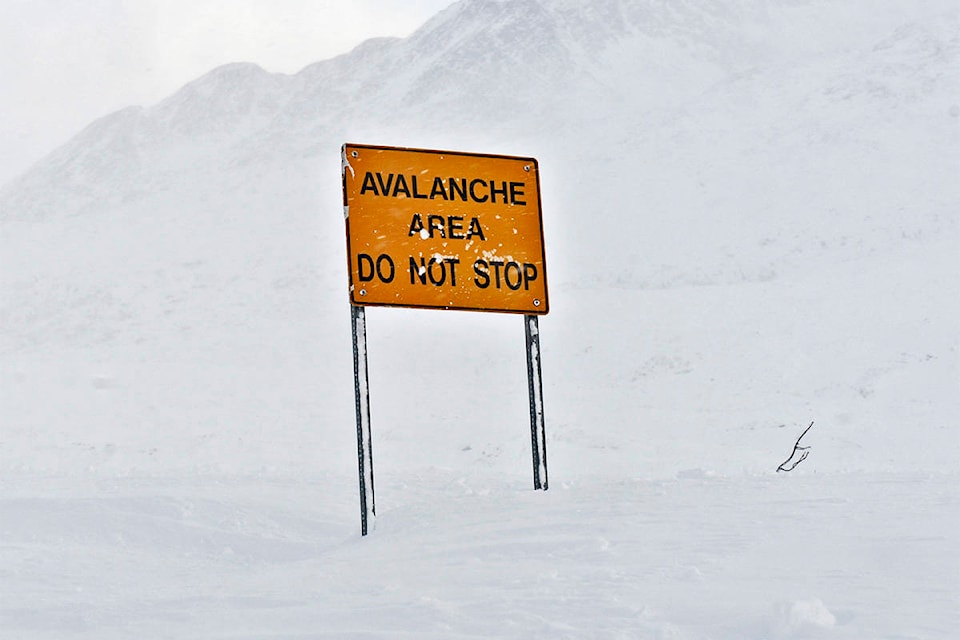Yukoners exploring the backcountry in the White Pass and Wheaton Valley this winter can adventure with a little more confidence — the Yukon Avalanche Association is reintroducing its full forecast program in January.
The association made the announcement in a press release Nov. 27.
It’s the first time since 2016, when its budget was reduced, that the association will be able to send out a three-person field team to test the snowpack several times a week and issue three forecasts within that same timeframe.
For the past three seasons, it’s only been able to afford to send a team out into the field and publish an advisory once a week.
The reinstatement of service is thanks to a renewed service agreement with national organization Avalanche Canada, which received $25 million from the federal government this year, Yukon Avalanche Association’s director of communications Ben Horowitz said.
The cost of getting the program up and running again is approximately $300,000.
Avalanche Canada is covering the majority of that cost and will be providing ongoing annual funding as well. The association also receives $60,000 from the Yukon government annually, and which is what’s been keeping it afloat over the past few years.
Horowitz described it as a “tremendous new investment in the territory.”
“The difference is … having the team out there three, four, five times a week travelling big distances, performing snowpack assessments, evaluations, monitoring and reporting on stability,” he said.
“And that’s going to be the big change this year, just a stronger team with more people out there, more times a week.”
Previously, the association has had to rely on crowdsourced data to supplement the information collected by its field team during its weekly outing - anyone in the backcountry could log their observations and upload photos to Avalanche Canada’s online portal and app, the Mountain Information Network.
Horowitz said the uptake from Yukoners using the network to document data like evidence of an avalanche or snowfall has been “incredible” and serves as a “shining example of what’s possible when recreational users come together to support safety in the backcountry.” However, while it allowed the association to “produce a pretty strong product” with the budget it had, there still advantages to having professionals out in the field, too.
“The difference is level of training,” Horowitz said. “…There’s a real level of rigour that the field team brings that your typical recreational user wouldn’t necessarily do.”
Among the tasks the field team will undertake are assessing different layers of the snowpack for things like hardness and firmness, determining what kind of snow has fallen and how it’s fallen, and examining snow crystals under magnifying glasses. They’ll also be travelling by snowmobile and foot to different elevations and orientations to performing testing.
Horowitz said the first forecast will come out in January, and in the meantime, he recommends backcountry users take a “really conservative approach to terrain choices in this early season period.”
Yukon Avalanche Association is also hosting its annual season kickoff and fundraiser event at the Beringia Interpretive Centre on Nov. 28 starting at 5 p.m. The association will be screening several backcountry films, and members of the field team will also be on hand to meet attendees and provide a season preview.
“It’s really a celebration of the return to the full forecast,” Horowitz said. “ … We just want to get everyone tuned in and excited for the season ahead.”
Contact Jackie Hong at jackie.hong@yukon-news.com
Correction: This story previously stated the Yukon Avalanche Association is receiving $300,000 from Avalanche Canada. In fact, that’s the total cost of reinstating the full field program.
